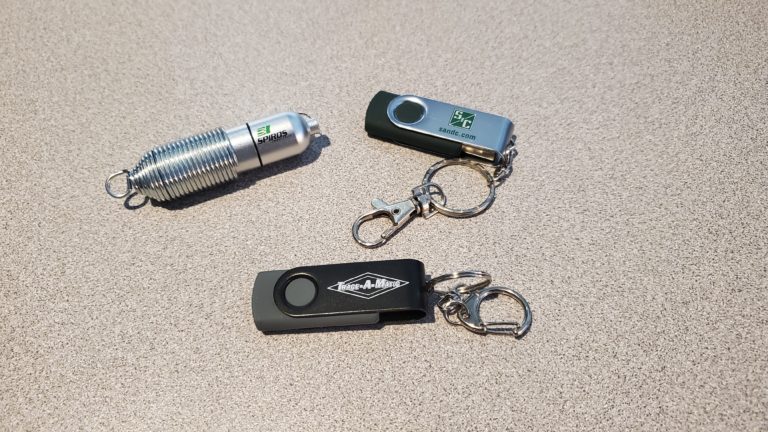SEO Content Strategy Tips to Massively Increase Website Visits
Content strategy makes up a large portion of your SEO needs. The top three ranking factors as of today are reviews, links, and fresh, quality content. It might be tempting to throw together a few articles and share them on social media, but anyone (including your competitors) can do that just as easily. So planning out a strategic approach is not only important, it will set you apart from the crowd and place you as an expert in your chosen field.
A strategic content plan should start with:
- Prioritizing topics and themes that will be easiest to rank for.
- How best to link to other pages of your website within each blog article.
- Using these topics as an opportunity to link to non-competing but respected individuals or companies and form relationships with these people.
- Regular upkeep and maintenance of existing website content so it stays relevant.
Easy Keyword Ranking
First thing’s first – what topics do you want your blog or news section to cover? Write down as many ideas as you can to start. Then we will use some tools to determine where the best place to start is.
Using the Keyword Planner in Google AdWords, you can type in your first topic, and a list of related keywords will be generated. You’re looking for keywords or phrases that have a high search volume, will provide value to your audience, and have a low difficulty or competition rating. There is also a tool on SEMRush called “Keyword Difficulty” that can be used in the same way to find these “sweet spot” keywords.
You can also type them into Google yourself and see what businesses are ranking on page one. If you see nationally known brands, you’re going to have a tougher time than with keywords that have small or lesser-known companies on page one.
Internal Linking
As you write, it’s important to link to relevant pages within your website that talk about your products or services. The point of content is to eventually lead to more sales right? You don’t want to come across as pushy or salesy, but when it’s appropriate and makes sense, linking to those conversion pages is a must.
Content Layering
Another helpful strategy is to mix it up between very specific, niche topics and more broad topics that pertain to a larger audience while still being relevant. Other businesses will be able to link to your articles more easily if they’re not so niche, and this could set you up to expand your services down the road.
Is Your Topic Linkable?
Google sees websites as more trustworthy and as an authority when other websites link to them. So, putting content onto your website that people will like enough to share is something to always keep in mind.
- Does your topic receive a good number of searches per month?
- Do the top results have a lot of other sites linking to them? (if not, you probably won’t get much action either)
- If they do, what kinds of sites are linking to them? Would those link to yours?
Another thing you can do is look at the top ranking articles, find one you know you can improve on with better formatting, photos, or new research, then contact the people who have already linked to similar content and see if they would be willing to link to yours.
Maintenance on Existing Content
Keeping your existing content updated and relevant can add major value to your website. Even going back and creating a video based on the same content can attract more people and links to your business.
To see this strategy in more detail, visit SearchEngineLand.com.








